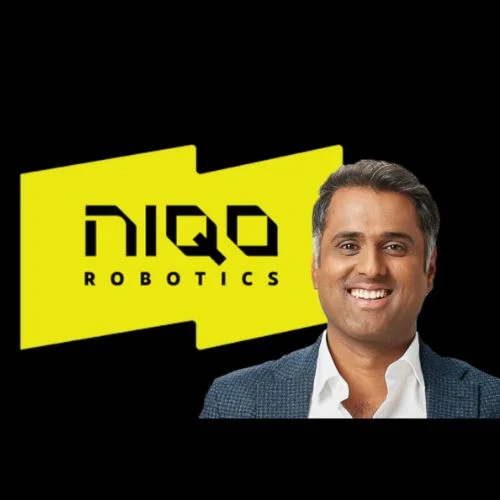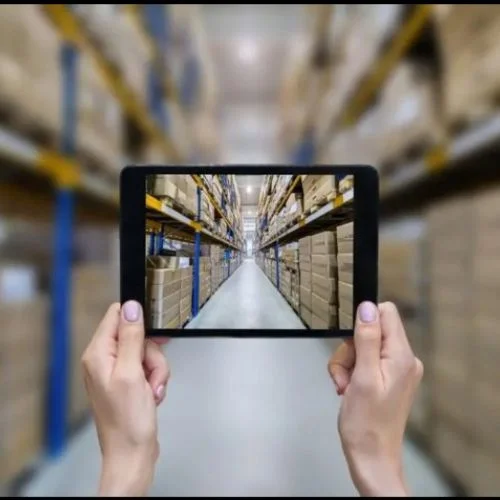The ability to secure important clients is a critical differentiation for companies in the crowded enterprise robotics industry. SoftBank has placed a significant order with Hong Kong-based Rice Robotics.
Since January 2021, Rice’s robots with their endearing, cartoonish blinking eyes have been delivering 7-Eleven products to Softbank employees at the company’s new headquarters in Takeshiba, Tokyo. These robots can carry a weight of 30kg and have a storage space of 39 x 27 x 34 cm.
Rice effectively eliminates the need for delivery staff to walk in and out of office buildings by allowing them to just drop off customer orders at a preset area for its robots to acquire. The robots can run constantly for 12 hours and recharge in less than an hour.
SoftBank and other clients’ recognition has persuaded many investors to back Rice’s current $7 million pre-Series A investment round. Among them are Cyberport HK, Sun Hung Kai & Company, Audacy Ventures, Soul Capital, Alibaba Entrepreneur Fund, and Sun Hung Kai & Company. The round has no lead investor.
Rice claimed that the money will enable the company to grow its presence in Japan, which is now its main source of income. Aside from SoftBank, Rice’s Japanese clients include Toyota, Japan Post, and Mitsui Group.
Given its aging population and receptivity to new technologies, Japan has been a popular location for Chinese robotics companies looking to grow worldwide. Syrius Robotics, a warehouse robot firm financed by ByteDance, made an early effort in Japan, for example.
Without question, South China is home to the world’s largest hardware supply networks. Interestingly, Rice Robotics manufactures its robots in Hong Kong rather than mainland China, where factories are plentiful and labor prices are lower.
Rice’s founder and CEO Victor Lee told TechCrunch that the four-year-old business previously built its robots through an OEM on the mainland but realized that manufacturing in its home city drastically reduced the unit cost of its robots.
Manufacturing in bulk in mainland China is more cost-effective, whereas Rice’s manufacturing level is too tiny to achieve economies of scale, according to Lee. Furthermore, the Hong Kong government is actively attempting to attract innovative manufacturing in order to diversify an economy that has lost its attraction as an Asian financial powerhouse.
A chunk of Rice’s new capital has gone towards establishing a manufacturing unit in Hong Kong. The 13,000-square-foot facility has doubled the company’s annual production capacity from 500 to 2,000 robots.
Rice’s robots, which start at $9,000, use the popular simultaneous localization and mapping technology known as SLAM for navigation. The fact that SLAM continuously compares sensor data with the provided map allows the system to develop an accurate and on-the-fly model of the environment and estimate a robot’s precise location.
Aside from service robots, Rice also sells disinfection robots, which had a boost in demand during the COVID-19 outbreak, as did many other robotics companies.














